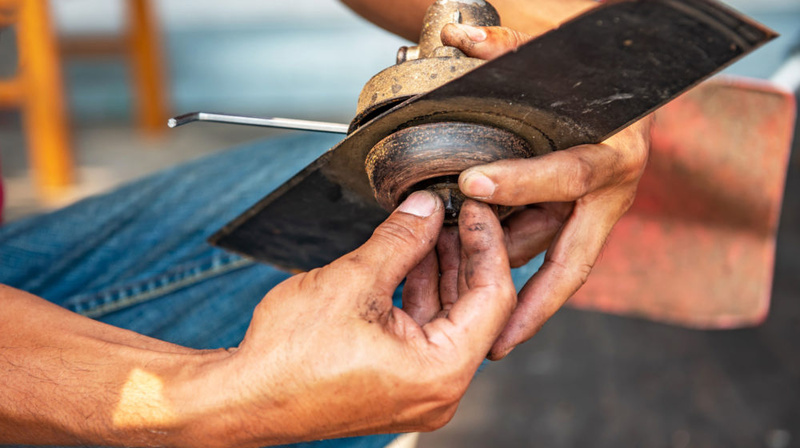
Landscaping Tasks to Kick Off The Spring Season
Florida homeowners, dust off those gardening gloves, because spring landscaping starts now! We’ve outlined the top landscaping tasks to help you prepare for the spring season: tune up your equipment, assess your turfgrass and soil, and calibrate your irrigation system.
With the spring equinox on March 20th comes the day we’ve all been waiting for – the official first day of spring. Winter does afford homeowners what can be a nice break from constant lawn care, but springtime’s abundant growth requires us to put in more time and energy to maintain it. Let’s get started with a short, simple landscaping to-do list for this season.
Tune Up Your Equipment
Before starting property maintenance work, make sure your equipment is in good shape to run smoothly this season. This may not be an exciting job, but it’s critical: running out of string trimmer line in the middle of a project is a pain, and dull blades and oil-leaking motors will distress and damage your plants.
Lawn mower components, like air filters, spark plugs, and oil, require regular maintenance, just like car parts. If you do nothing else, at least sharpen the mower blades. The rough, uneven cut of dull mower blades can leave your lawn with decreased drought tolerance and increased susceptibility to disease, not to mention looking tattered and unhealthy. If you don’t already keep a maintenance schedule for your lawn equipment, we suggest setting one up this year to ensure you always stay on top of what needs to be done.
Lubricate and check over your other equipment, like hedge trimmers, string trimmers, and garden tillers. Stock up on extra supplies, such as string trimmer line, oil, lubricant, pre-mixed fuel, gloves, and safety goggles.
Prepare for Spring Lawn Care
Although our lawns don’t need as much care during the winter, they can still suffer some neglect. Start the spring season by walking around the property to survey the turf and collect trash, sticks, and other debris.
While you’re out, check for signs of turfgrass disease. If you notice unusual spots or coloring, conduct an online search to help identify what you’ve observed. Rust fungus, brown patch, grey leaf spot, fairy ring, and dollar spot are common lawn diseases.
Prepare for lawn fertilization with a soil test to gather information about your soil’s pH and which nutrients it contains and lacks. Testing the soil is an essential step in the process and can prevent over-fertilization, which may cause plants to outgrow their root systems or become prone to disease.
Adjust Your Irrigation
Perform a thorough check of your sprinkler system to ensure it runs correctly and efficiently. Assess each sprinkler head while running to make sure grass and plants – not porches, driveways, or the side of your house – are being watered. Not only does this avoid wasting water, it also prevents the potential discoloration or staining of these non-permeable surfaces caused by excess exposure to minerals in the water.
Calibrate the amount of water your lawn is receiving. Do this by spreading coffee or tuna cans around the yard, then running the irrigation system for 15 minutes. Most soil in Florida needs 1/2 to 3/4 inches of water. Measure the water collected in each container and adjust your sprinkler run times accordingly.
While overwatering is usually avoidable, it is the unfortunate cause of several of the turfgrass diseases previously mentioned. Assessing and adjusting your irrigation now is necessary to prevent overwatering and potential damage to your beloved lawn and garden.